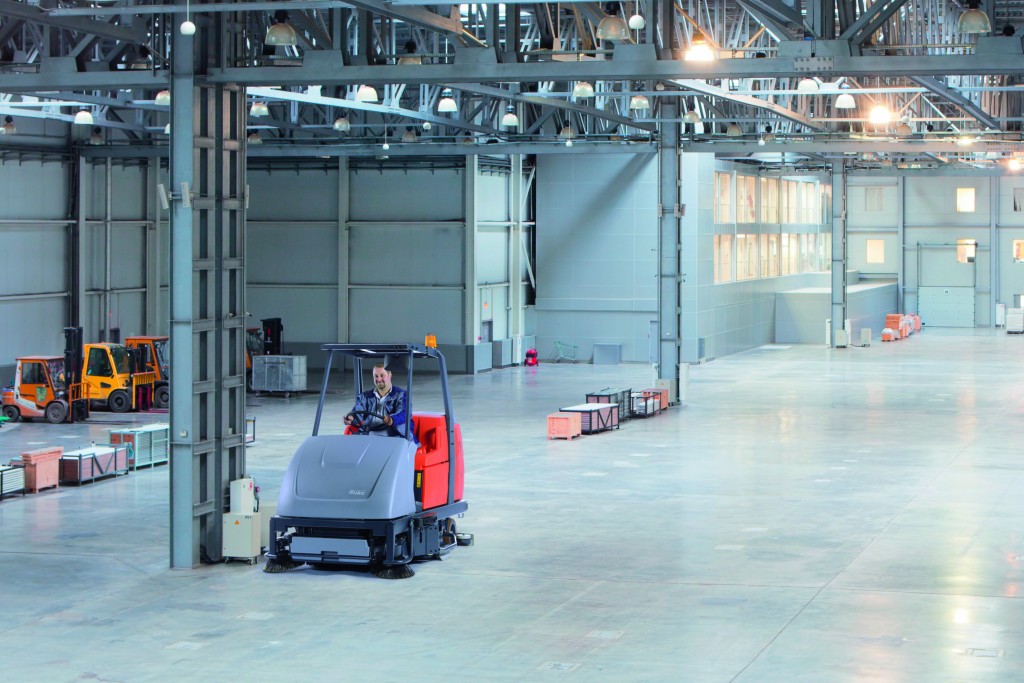Home » Press releases » There’s clean, and there’s really clean
There’s clean, and there’s really clean


There is no argument about the importance of cleanliness in certain key environments, including hospitals, food preparation areas and other areas where microscopic contamination can cause serious health risks. However in factories, warehouses, offices, shops and other workplaces, unsatisfactory levels of cleanliness and general hygiene can have a significant impact on the bottom line.
Those all-important first impressions
Whenever we walk into a shop or business we make dozens of subconscious judgements before we even start to think about making a purchase or signing a deal. In such situations our senses work overtime to assess the environment.
Retail psychologists have long recognised the importance of first impressions. Major brands invest huge sums of money on the layout and look of stores, while many will insist on carefully controlling temperatures to ensure the most comfortable shopping environment for customers. However, these efforts can easily be undone if floors have been neglected. Even a ‘clean’ floor can be off putting if it is scuffed or damaged, which is why making the right choice when it comes to floor cleaning equipment is so important.
What’s more, customers won’t hang around if they can detect lingering odours, and all too often this is the result of hidden bacteria that have multiplied in hard to access places where dirt has been missed during the cleaning process.
Dirt damages equipment
In work environments such as warehouses, distribution centres and factories, clean floors have an important role to play in overall profitability, but for very different reasons. Loose debris can cause significant damage to a wide range of materials handling equipment – leading to expensive repair bills and lost productivity due to equipment downtime.
From pallet wrapping getting caught around forklift truck wheels, to dust clogging filters, dirt can spell disaster in a complex logistics operation. What’s more, excessive build-up of rubbish and grime can hide more fundamental problems such as potholes and other defects in the flooring where equipment is operating.
Just as in a retail environment, hidden debris can cause problems in a warehouse, particularly where grains or other foodstuff s are stored. By using cleaning equipment and techniques that are not up to the job, small particles can present a welcome meal for unwanted visitors leading to costly vermin control problems.

Meeting health and safety needs
Perhaps the most obvious requirement for a ‘really clean’ working environment is to meet health and safety standards – but not necessarily for the reasons you would expect. Obviously, a clean floor reduces the risk of slips and trips (assuming they are left dry) but, according to the Health and Safety Executive, about 28,000 people in the UK in 2013/14 had breathing or lung problems that they attributed to, or believed were made worse by, work. Of course, these figures include long term illnesses that can be traced back to previous, less enlightened working practices, but they nevertheless reflect the importance of maintaining a dust free environment to prevent future problems.
On top of this, the Office for National Statistics reports minor illnesses as being the most common reason given for sickness absence out of the 131 million lost workdays in 2013. Many of these ‘sick days’ – which cost British businesses millions of pounds – are due to common conditions such as flu and stomach bugs. Once again, the bacteria and viruses that cause such problems thrive in environments that may at first appear clear of dust, dirt and grime but, in fact, are not up to the standards that can be achieved with today’s cleaning technology.
The right cleaning solutions
While there may be no single answer to the original question about what does clean really mean, it’s clear that different environments require different cleaning solutions. Fortunately there is a wealth of machines available to meet these complex demands, but it pays to work with a specialist supplier to evaluate the workplace properly and to establish the standards that need to be achieved so that organisations can start seeing the benefits of a really clean environment in their bottom line.
-
Recent Posts
News Categories
- Awards (10)
- BTCC (1)
- Charity (7)
- Exhibitions (10)
- News (101)
- Other (32)
- Press releases (43)
- Product News (31)
- Uncategorized (10)


